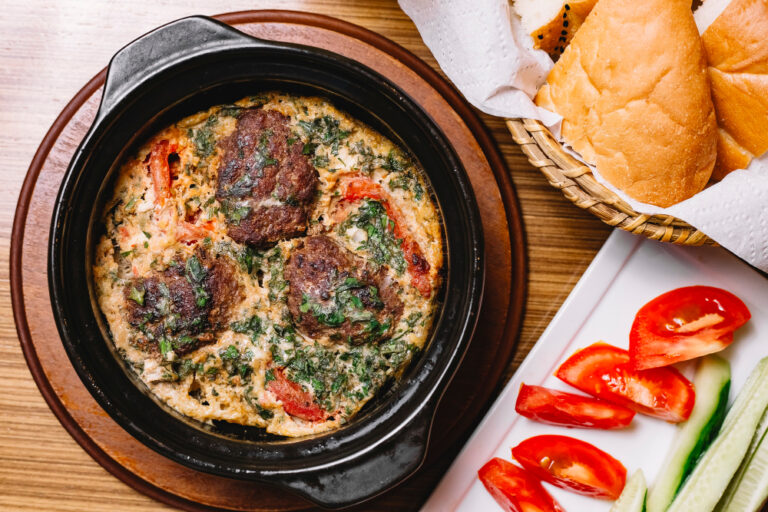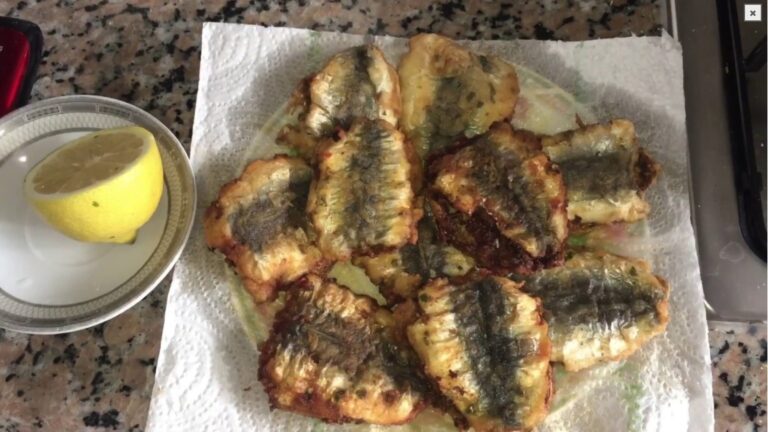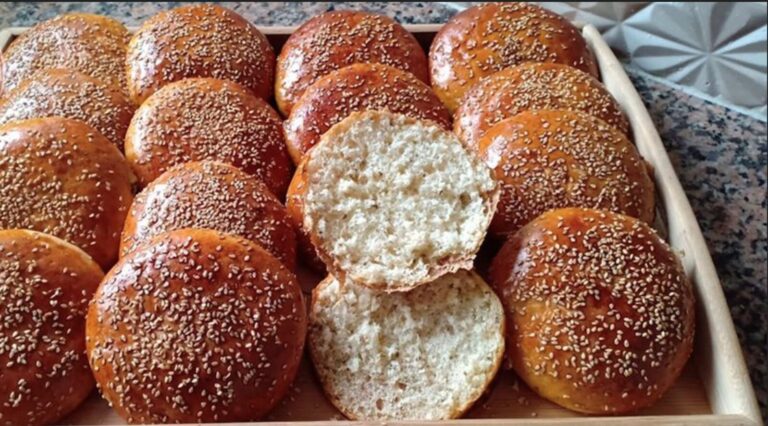
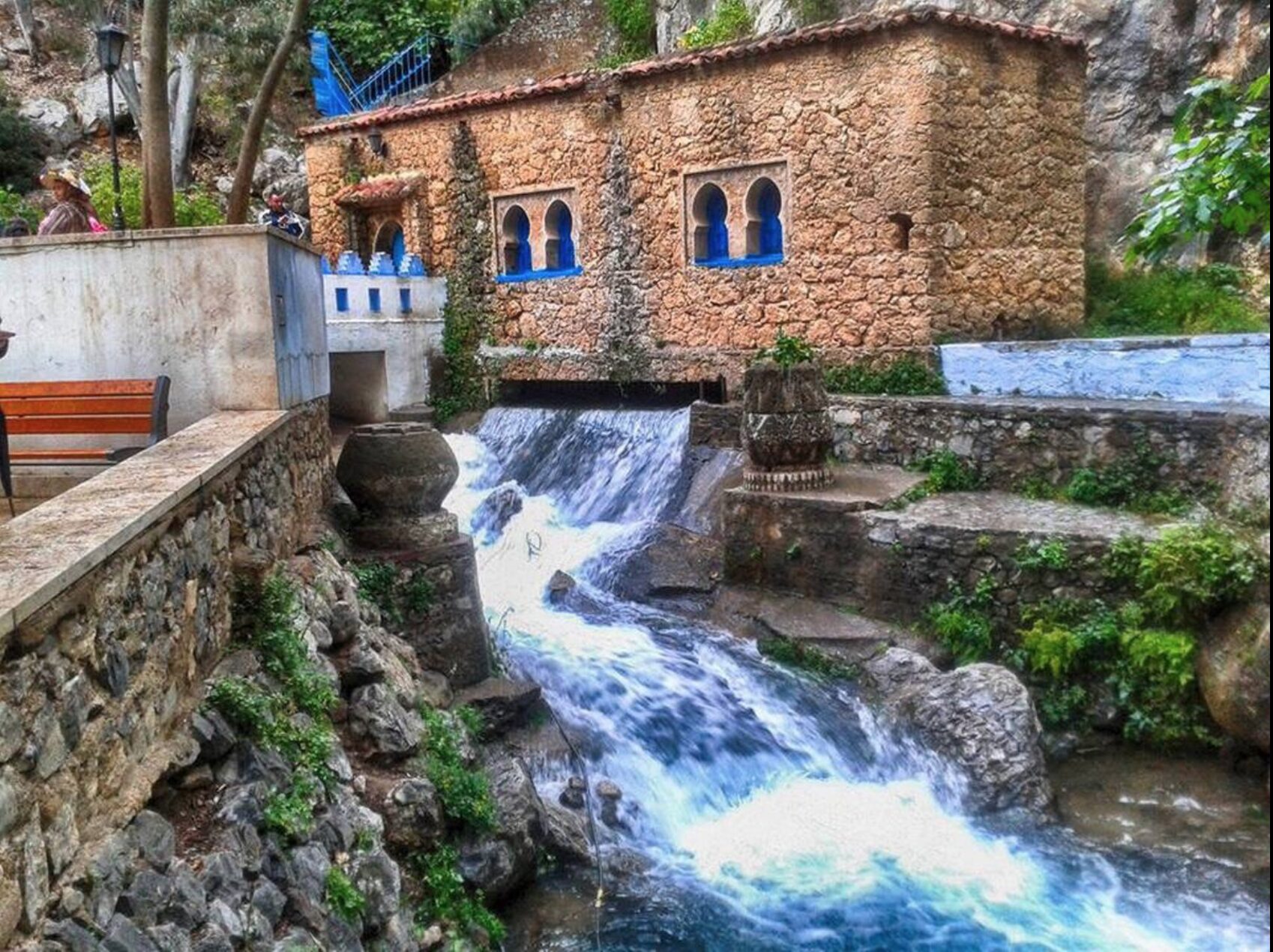
Tucked away in the Rif Mountains, at the edge of Morocco’s enchanting Blue City of Chefchaouen, lies one of the region’s most serene treasures — Ras El Maa Waterfall Chefchaouen. This natural spring, whose name translates to “Head of the Water,” has long been the heartbeat of the town, providing life, energy, and calm to both locals and travelers.
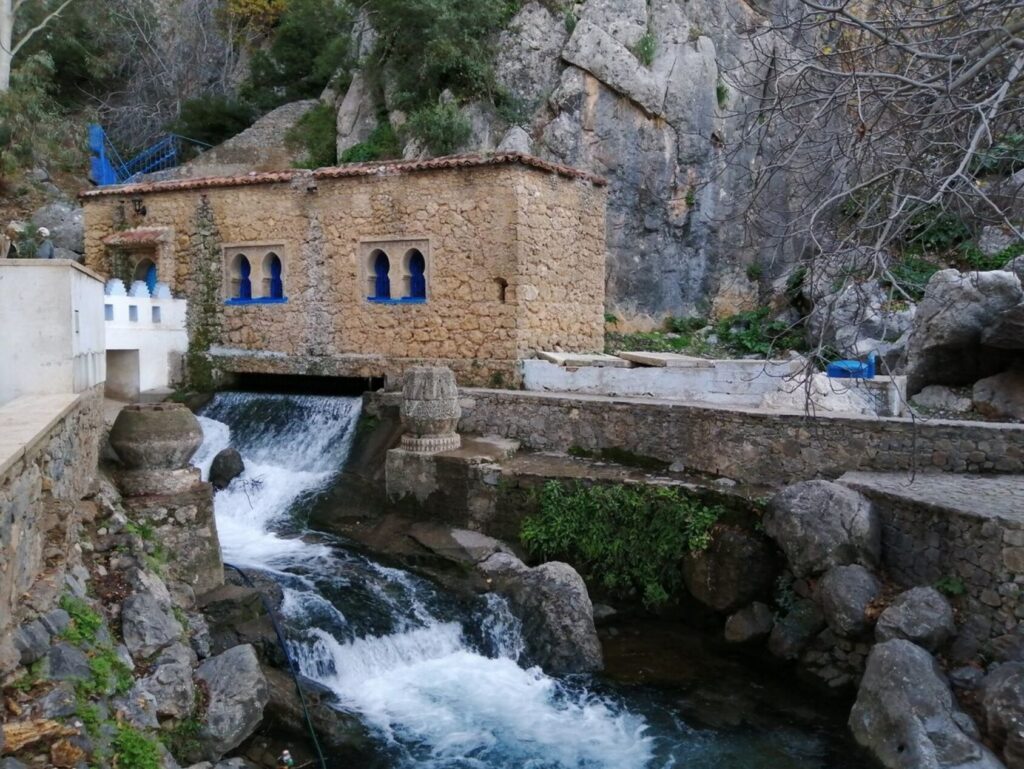
Whether you’re an adventurer seeking a refreshing dip, a photographer chasing the shimmer of blue walls and water, or simply someone in search of peace, Ras El Maa offers a soul-soothing escape. In this article, we’ll explore what makes this waterfall so special, what to see, and how to make the most of your visit to this timeless corner of Chefchaouen.
The Spirit of Ras El Maa – An Overview
Perched at the eastern entrance of Chefchaouen, Ras El Maa is more than a scenic waterfall — it’s part of the town’s identity. The crystal-clear waters flow directly from the surrounding Rif Mountains, creating a constant melody that drifts through the air like a lullaby.
Locals have depended on Ras El Maa for centuries — not only as a water source but as a social hub. You’ll often see women washing colorful carpets and clothes by the riverside, just as generations before them did. Children play in the shallow pools, while elders sit nearby sipping mint tea and chatting quietly.
For visitors, the scene feels timeless — a perfect blend of natural beauty, daily Moroccan life, and the gentle rhythm of Chefchaouen itself.
Must-See Attractions and Experiences
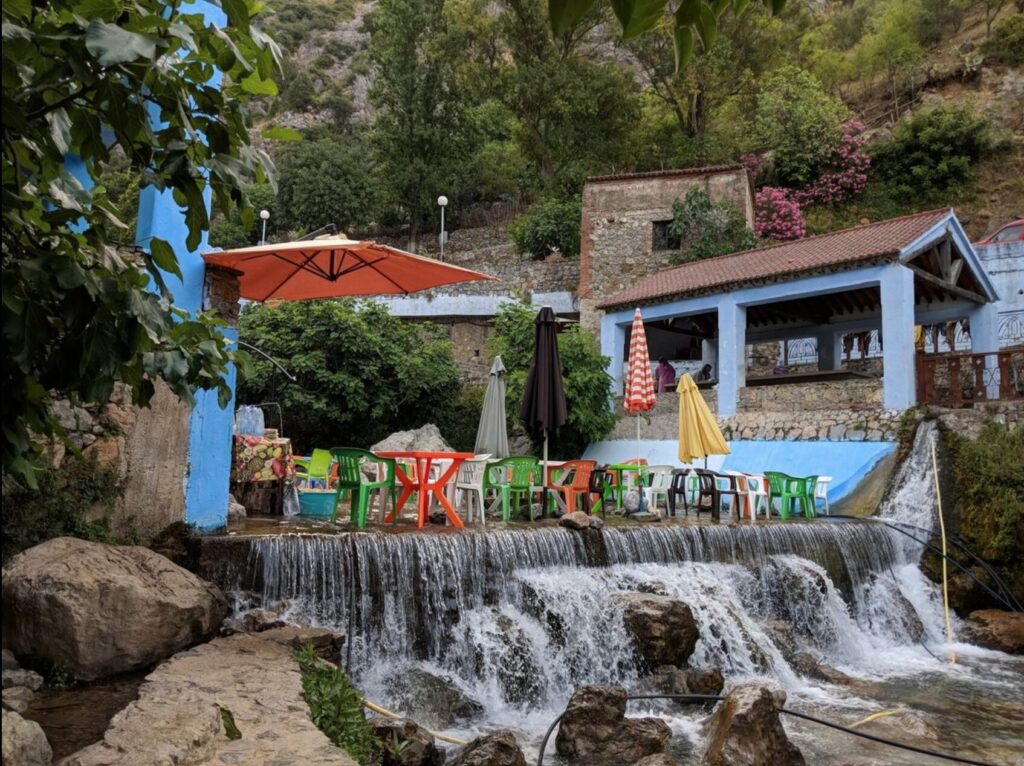
1. The Waterfall Itself
While not the tallest or most powerful waterfall in Morocco, Ras El Maa Waterfall Chefchaouen stands out for its charm. The cascading waters sparkle under the sunlight, creating a cool mist that refreshes everyone who approaches. Early morning and late afternoon are the best times to visit — when the light is soft, and the crowds are fewer.
2. Local Life Along the Stream
Follow the stream downhill from the main cascade, and you’ll see locals rinsing fabrics, washing vegetables, or relaxing by the water. The experience feels authentic — a glimpse into daily Moroccan traditions that remain untouched by time.
3. Café Terraces with a View
Several small cafés line the riverbank, offering mint tea and Moroccan pastries with an unbeatable view. Sit back, listen to the sound of the water, and watch the colors of Chefchaouen’s blue walls change with the light.
4. The Path to the Spanish Mosque
From Ras El Maa, a scenic trail leads uphill to the Spanish Mosque — one of the best viewpoints in Chefchaouen. The short 30-minute hike rewards you with panoramic views of the town and its mountains, especially at sunset when the blue city glows golden.
5. The Blue Streets Nearby
Just a short walk from the waterfall, you’ll find Chefchaouen’s famous blue-painted medina. Wander its narrow alleys, visit local artisan shops, and let the gentle sound of Ras El Maa guide you back when it’s time to rest.
Travel Tips and Cultural Insights
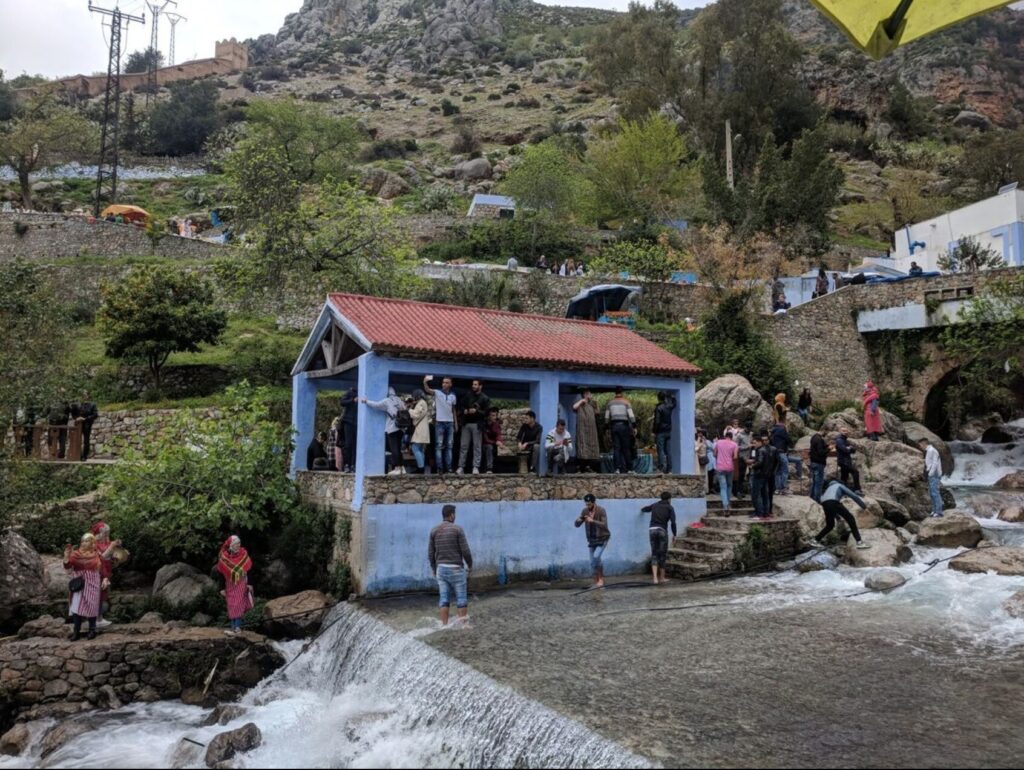
Best Time to Visit
The best months to experience Ras El Maa Waterfall are April through October, when the weather is warm and the water flows steadily. In summer, locals and travelers alike cool off here in the afternoons.
How to Get There
Ras El Maa is located just a 10–15 minute walk from the medina’s eastern gate (Bab El Onsar). The walk itself is part of the charm — winding through blue-painted alleys and local shops before the sound of running water greets you.
Respecting Local Traditions
While Ras El Maa is open to everyone, remember that it’s still part of the local community. Dress modestly, avoid photographing people without permission, and respect the natural surroundings.
What to Bring
- Comfortable walking shoes
- A reusable water bottle
- A light shawl or cover for modesty
- Camera or smartphone for photos
- Small change for local cafés or tips
Real-World Traveler Stories
Many travelers describe their visit to Ras El Maa Waterfall Chefchaouen as one of their most memorable experiences in northern Morocco.
💬 “It felt like time slowed down,” writes one visitor. “Children laughing, water splashing, and the smell of mint tea — it’s a perfect sensory memory.”
Others mention the kindness of locals — shopkeepers offering directions, families inviting strangers to sit and share tea, or artisans chatting proudly about their crafts. In Chefchaouen, and especially around Ras El Maa, hospitality flows as freely as the water itself.
Future Travel Recommendations and Seasonal Insights
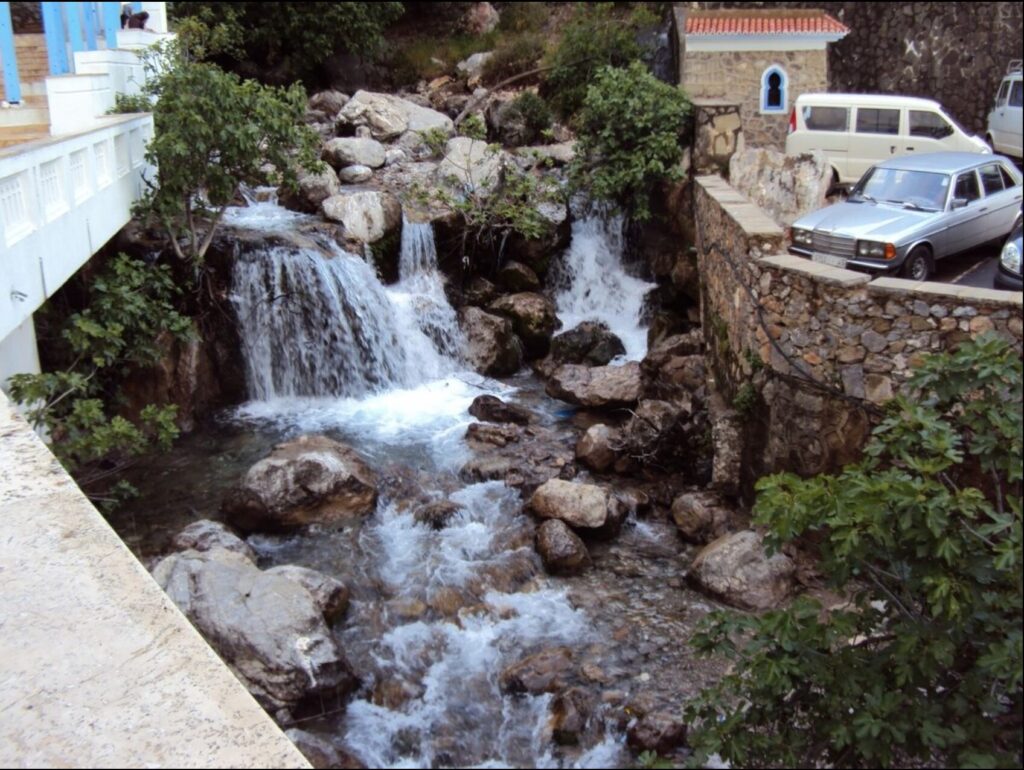
If you’re planning a future trip to Chefchaouen, consider timing it with one of the local festivals or off-peak months.
- Spring (March–May): The surrounding Rif Mountains are lush and green — ideal for photography and hikes.
- Summer (June–August): Warm weather makes the waterfall perfect for cooling off.
- Autumn (September–November): Fewer tourists, pleasant weather, and great light for photography.
- Winter (December–February): Peaceful and quiet, though cooler — bring a jacket for evening strolls.
Eco-conscious travelers can also support local sustainability by avoiding single-use plastics and purchasing crafts from Chefchaouen’s artisans, helping preserve this natural and cultural wonder for future generations.
FAQ – Ras El Maa Waterfall Chefchaouen
1. Where exactly is Ras El Maa located?
Ras El Maa is at the eastern edge of Chefchaouen, Morocco — about a 10-minute walk from the medina. It’s easily accessible on foot.
2. Can you swim in Ras El Maa Waterfall?
Swimming isn’t common due to the shallow waters, but visitors often dip their feet or sit near the stream to cool off.
3. Is there an entrance fee to visit Ras El Maa?
No, the waterfall is free to visit. You may choose to support nearby cafés or local vendors who maintain the area.
4. Is it safe to visit Ras El Maa at night?
It’s best visited during daylight hours, as paths can get slippery and lighting is limited after sunset.
5. What else can I see near Ras El Maa?
The Spanish Mosque, the blue medina of Chefchaouen, and local artisan markets are all within a short walking distance.
Conclusion – Let Ras El Maa Refresh Your Soul
Ras El Maa Waterfall Chefchaouen isn’t just a tourist stop — it’s an experience that connects you to Morocco’s rhythm, nature, and spirit. Its waters have flowed for centuries, shaping the town’s culture and sustaining its people.
Whether you come for a few hours or stay for days, let Ras El Maa remind you of life’s simple joys: flowing water, warm smiles, and a city painted in every shade of peace.
–Plan your visit to Chefchaouen today — and let the sound of Ras El Maa guide you.

